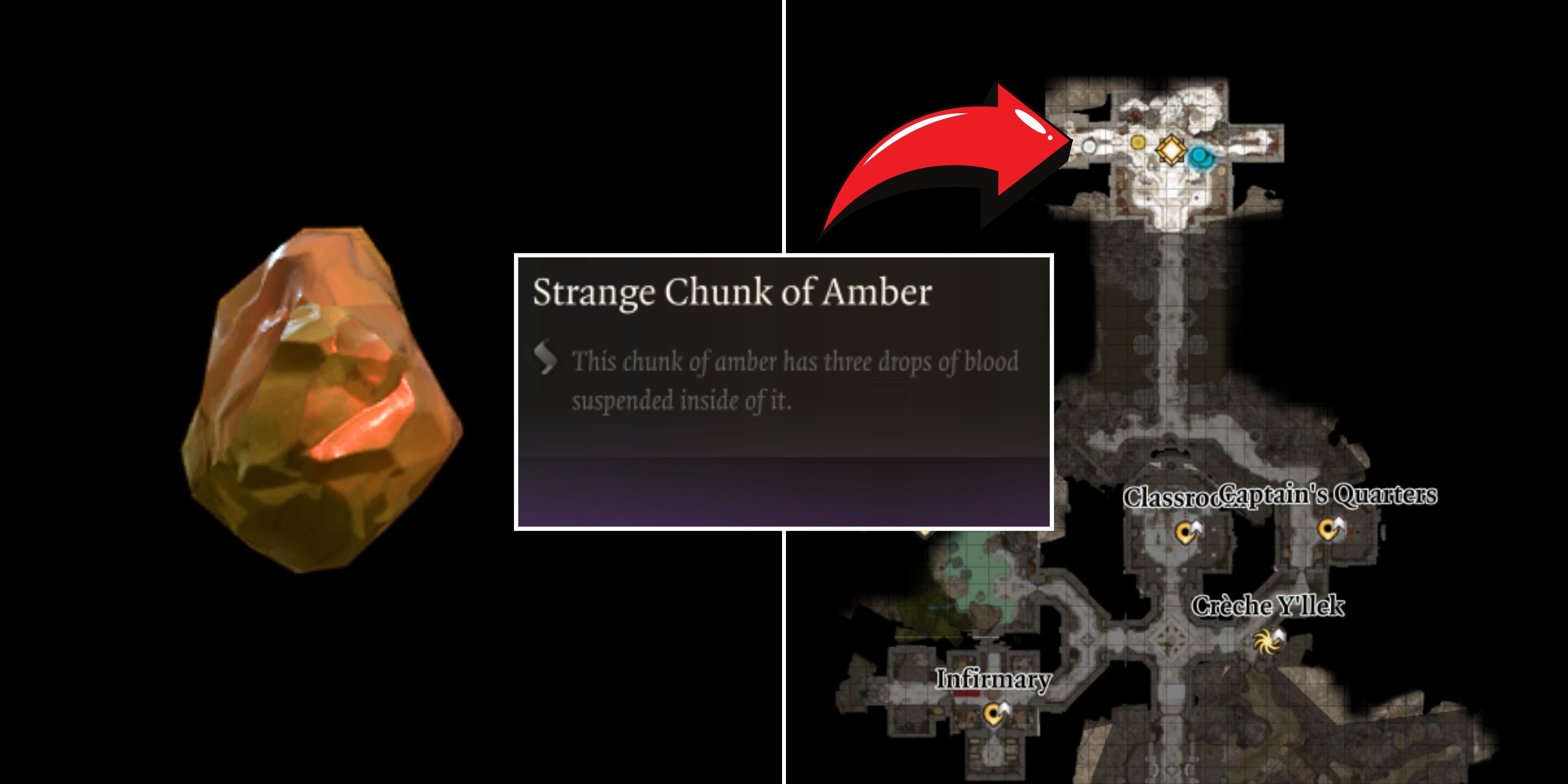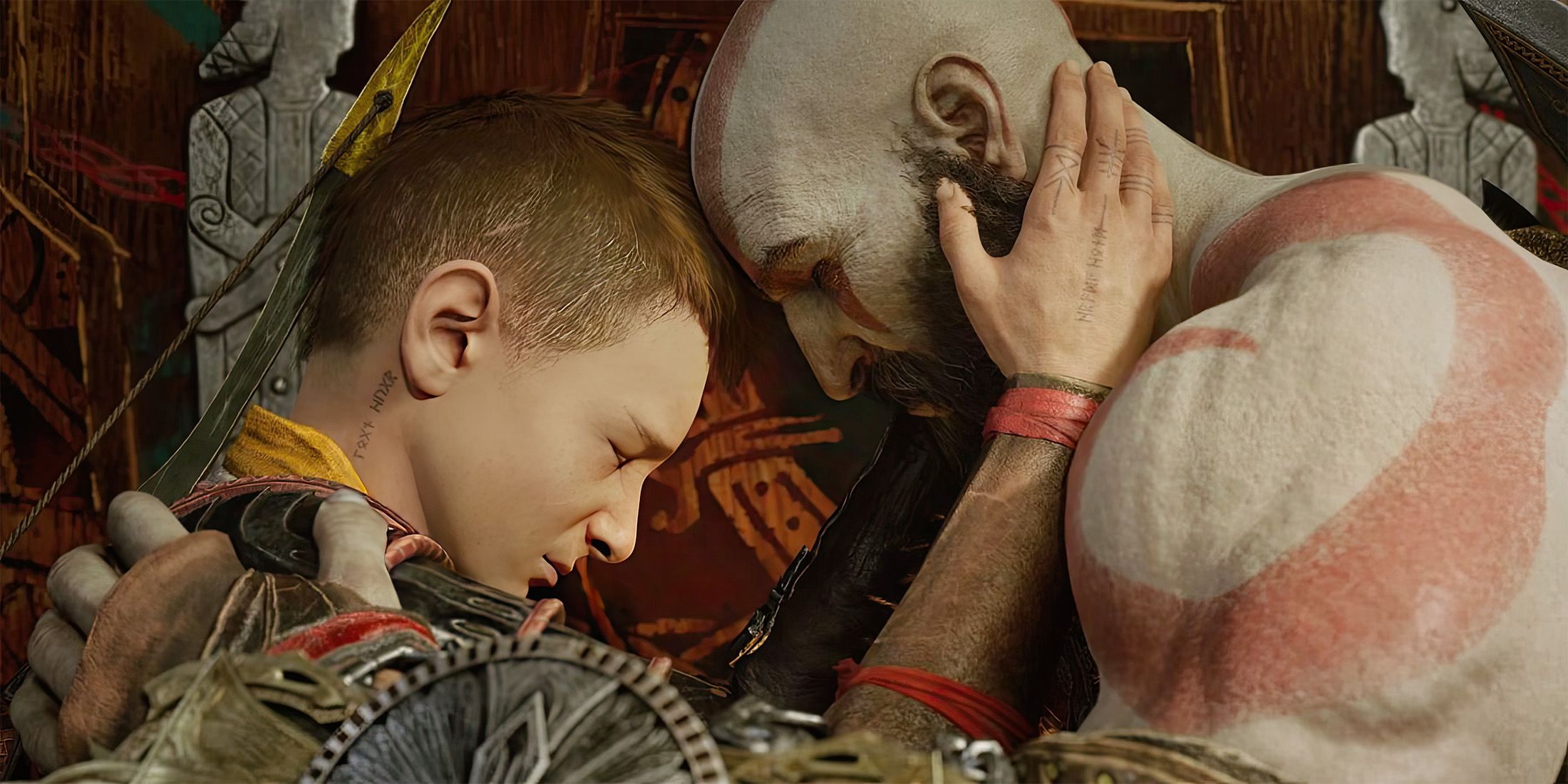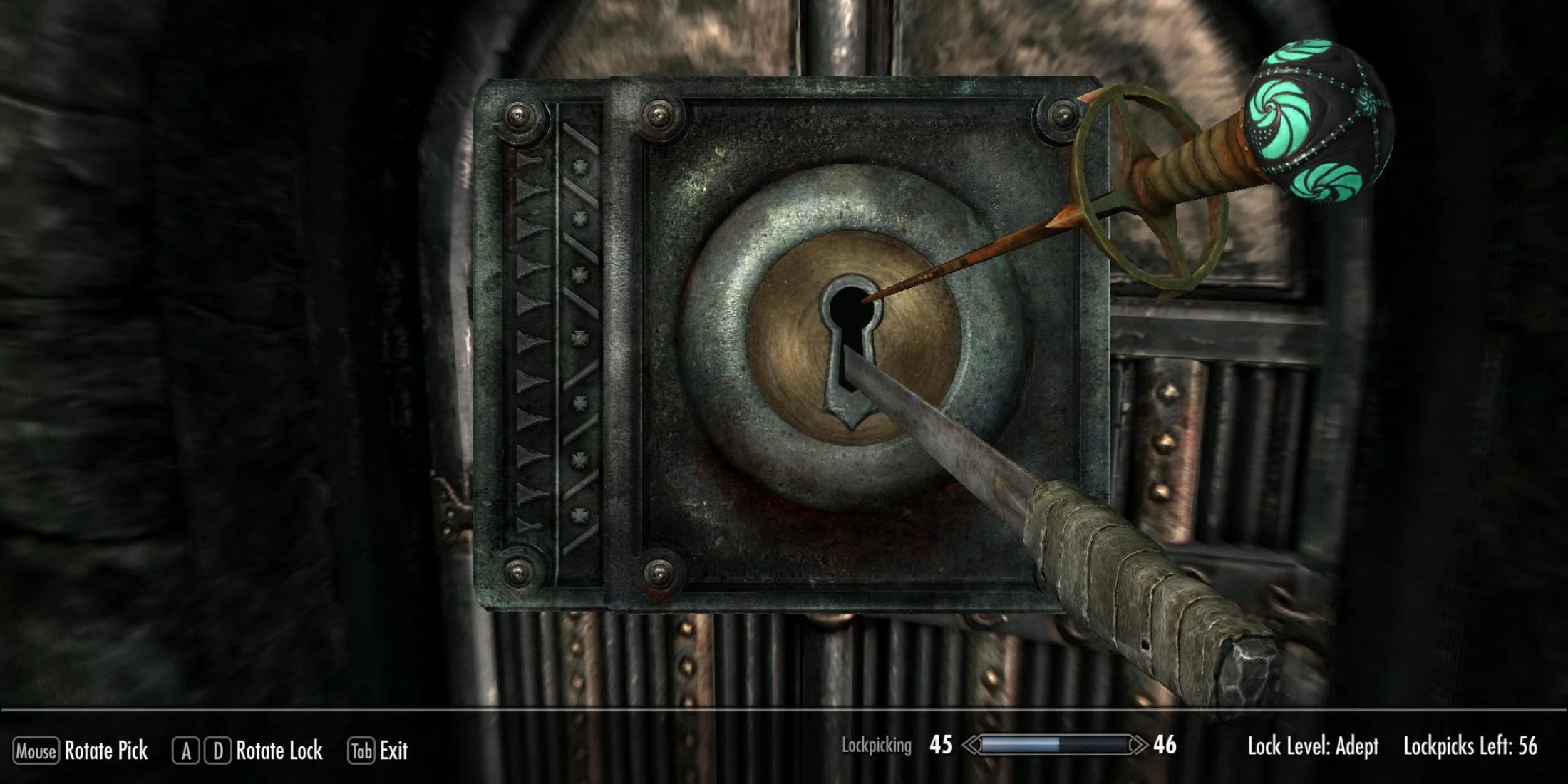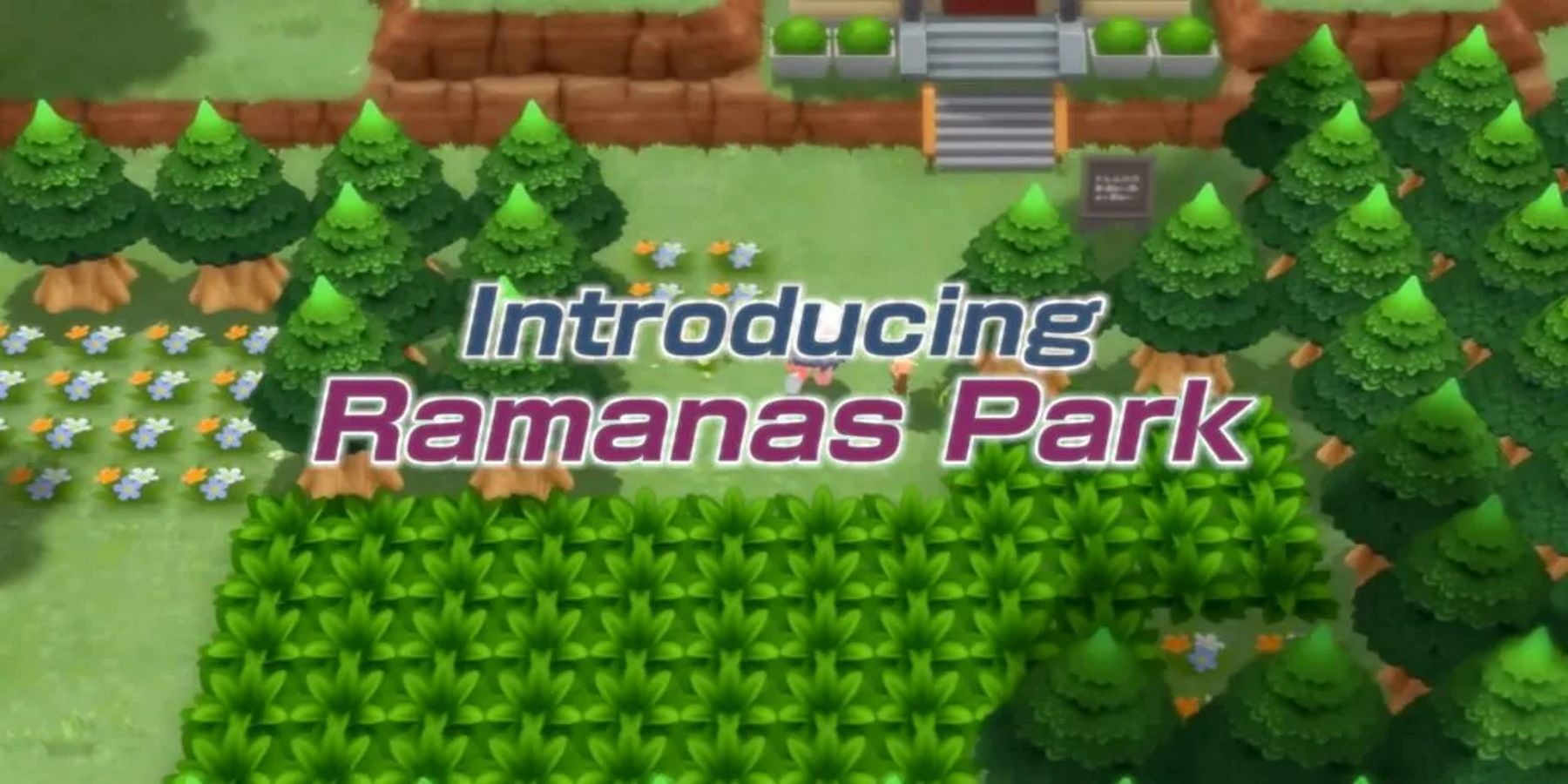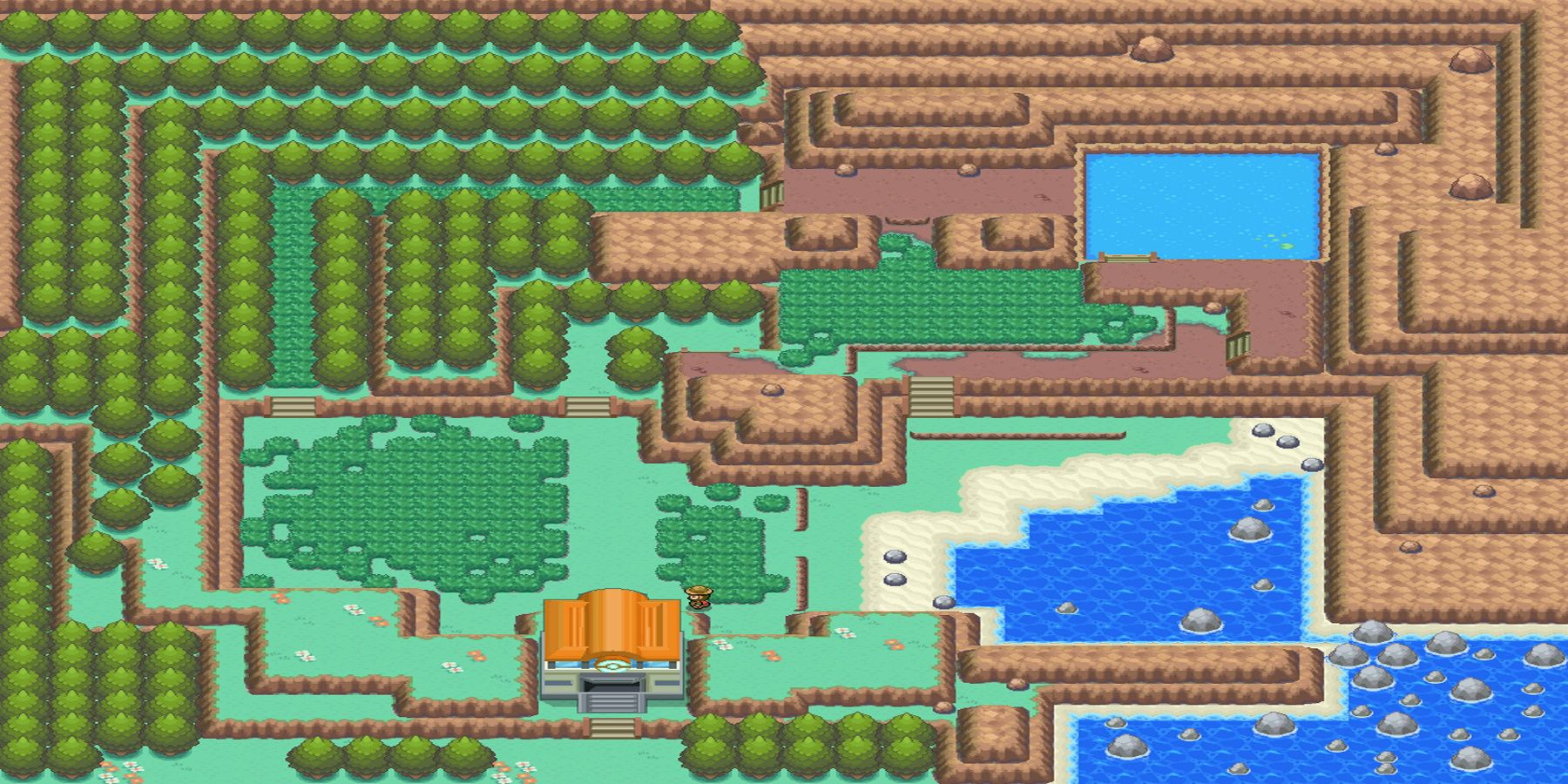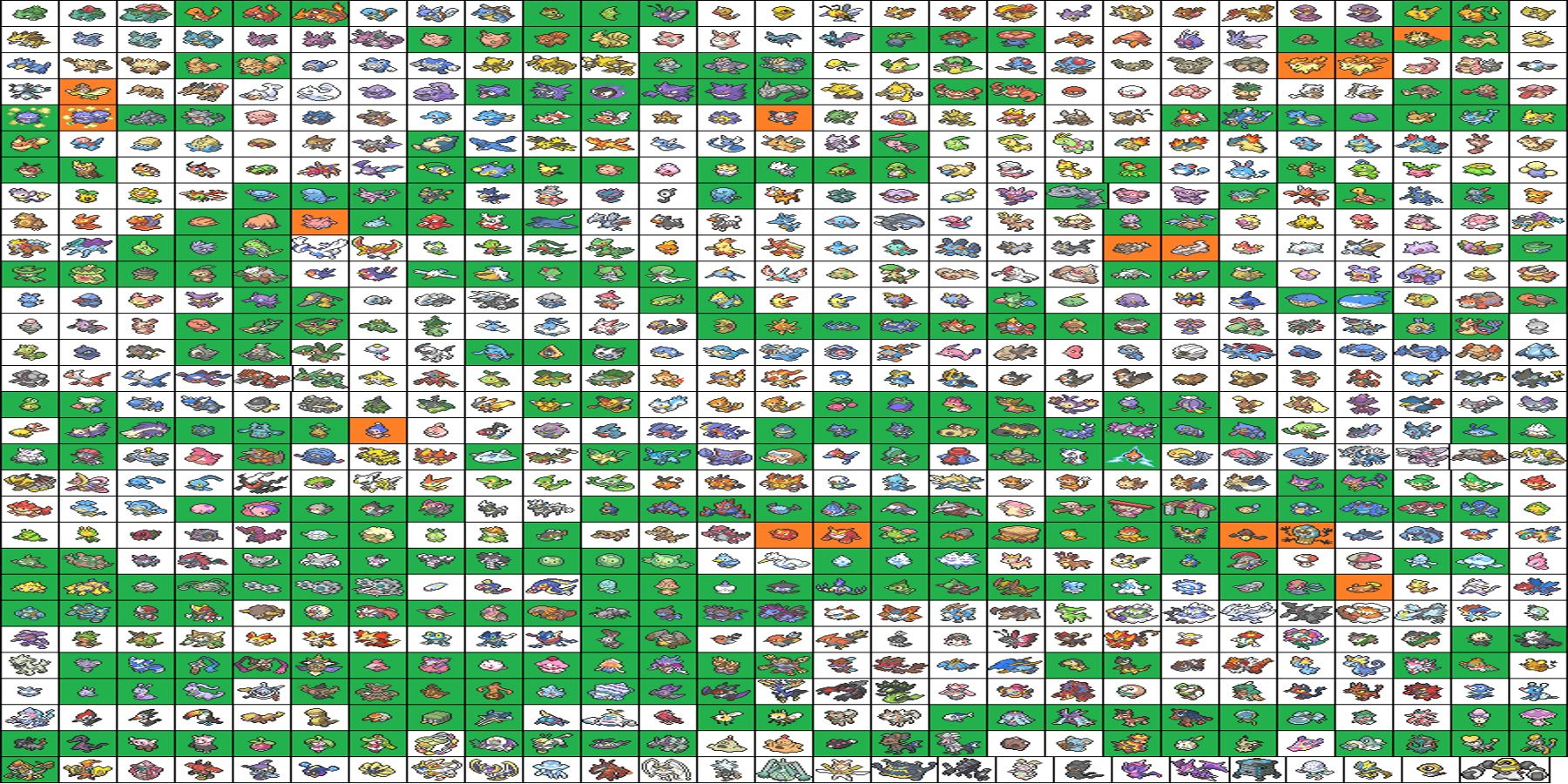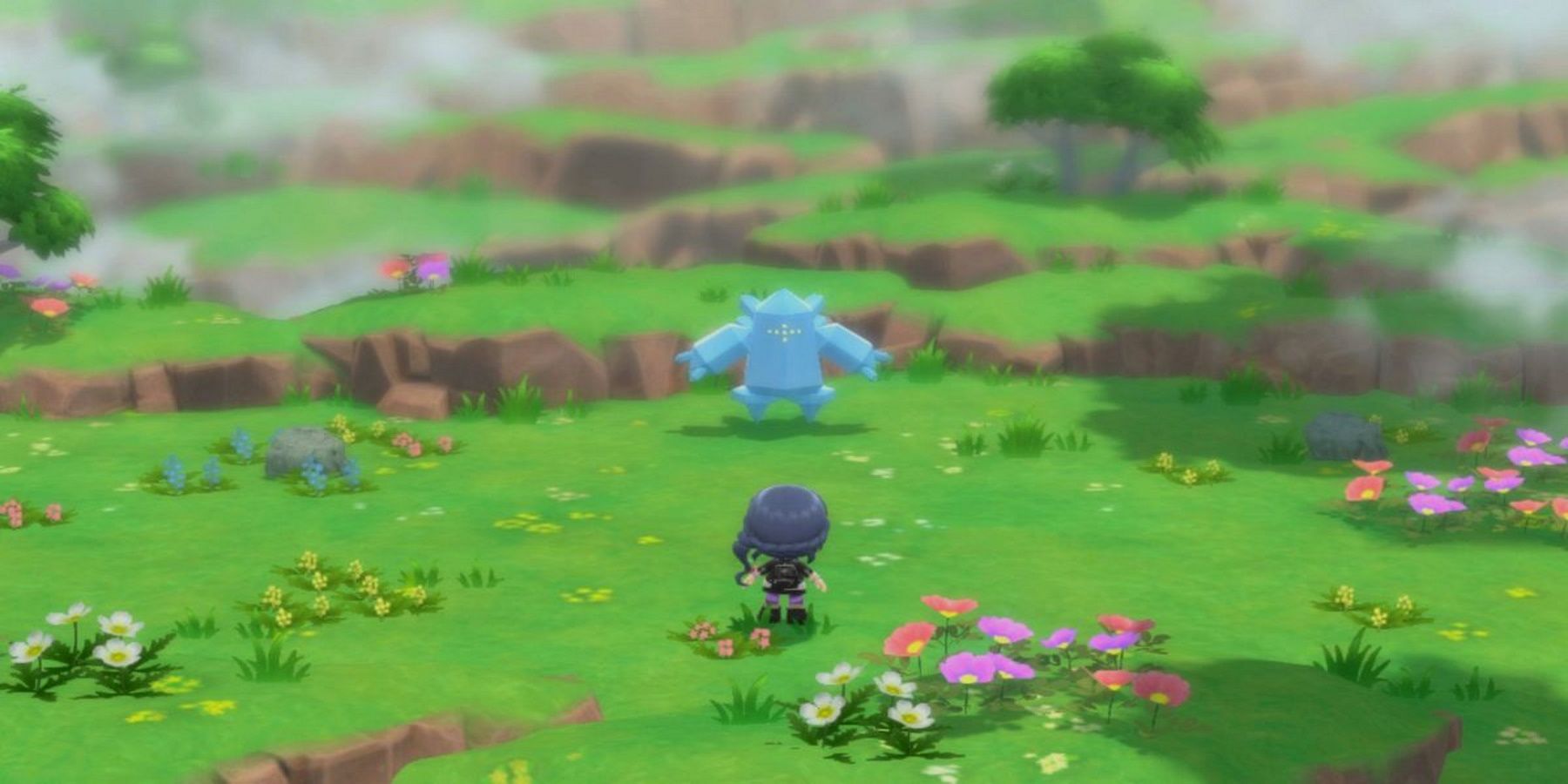Pokemon Brilliant Diamond and Shining Pearl have finally been released. The duo of games manages to stand out compared to the previous remakes in the Pokemon series. Brilliant Diamond and Shining Pearl are the first remakes to be made for a home console Nintendo as opposed to a strictly portable system. They are the first remakes to be released in the context of a specific milestone, which, in this case, is the 15th anniversary of the original Diamond and Pearl. Lastly, in an attempt to remain faithful to the original games’ aesthetics, Brilliant Diamond and Shining Pearl are the first remakes to deviate from their generations’ art style, preferring to adopt a chibi look for the human characters rather than the fully developed overworld models in Sword and Shield.
Pokemon Brilliant Diamond and Shining Pearl also made a rather polarizing decision to stick to the original to stick with the original Diamond and Pearl’s Pokedex, level design, opponent teams, and level scaling rather than bringing the changes Platinum introduced. Despite this stubborn insistence to preserve the original’s decisions, good or bad, Brilliant Diamond and Shining Pearl were faced with restrictions caused by Pokemon modernity that forced the scrapping of a few things, such as the Pal Park. However, after what Sword and Shield did to its DLC and Pokedex, Pal Park’s replacement, Ramanas Park, is a lifesaver.
The Pal Park’s Original Purpose
After the series got rid of the ability to interact with previous generations in the transition from Gold, Silver, and Crystal to Ruby and Sapphire, the original Diamond and Pearl brought back the idea of transferring Pokemon from previous games through the Pal Park system. It was vastly different from what Pokemon fans were used to at the time and established the blueprints for future generations’ transfer systems. In Generation 2, players could use Pokemon from Red, Blue, and Yellow with the Time Capsule, which permitted intergenerational trading as long as the Pokemon coming from the Johto games had a move set that is compatible with the Gen 1 games’ programming.
Being DS follow-ups to Game Boy Advance games, Diamond and Pearl had to do a complete overhaul of the system. Despite the DS’ backward compatibility with Game Boy Advance Games, there are no ways for DS Pokemon games to their Game Boy Advance counterparts. Due to these constraints, Diamond and Pearl could fully replicate the Time Capsule’s mechanics. Instead, the games allowed players to use the DS slot for Game Boy Advance cartridges to their advantage. If there was a Gen 3 Pokemon game in the appropriate slot on the DS, players could choose up to six Pokemon in their Game Boy Advance file to import to their Generation 4 game.
Once the Pokemon “migrated” to Sinnoh, or Johto in the case of HeartGold and SoulSilver, the player could not put them back in their game of origin. While the Time Capsule could be used in the main story, the Pal Park is only available in the Gen 4 titles’ postgame. The Pal Park was one of the easiest ways to get some particularly rare Pokemon without hacking or trading. Before HeartGold and SoulSilver, it was the only way to get the beloved starter Pokemon introduced before Gen 4, as well as a significant portion of the Legendaries.
Sword and Shield’s Roster Issues
Some of Pokemon Sword and Shield’s design choices were among the most controversial in the history of the series. The decision to ax a huge chunk of the Pokedex alienated a significant portion of Pokemon fans. It has been the norm in the series since new generations were conceptualized, and it has not been well-received.
Eventually, the developers conceded and reintroduced several neglected Pokemon through The Isle of Armor and The Crown Tundra DLC. The Crown Tundra was particularly generous as far as Legendary Pokemon go. Pokemon Sword players that bought the DLC were able to catch Ho-Oh, Latios, Groudon, Dialga, Tornadus, Reshiram, Xerneas, and Solgaleo. Their Pokemon Shield counterparts had opportunities to catch Lugia, Latias, Kyogre, Palkia, Thundurus, Zekrom, Yveltal, and Lunala. While it was nice of the DLC to make so many Legendary Pokemon available, the fact that they were essentially hidden behind a paywall is problematic.
Ramanas Park’s Purpose
Because of the way the original Pal Park worked, it was impossible for Brilliant Diamond and Shining Pearl to bring it back. Instead, Ramanas Park took its place. Rather than allowing players to catch imported Pokemon, Ramanas Park specializes in Legendary Pokemon. To summon these Pokemon, the player will have to collect specific slates. The catchable Pokemon are level 70. Originally, only the Discovery Slate is available, but as more Pokemon are caught, more Slates become available.
- Discovery Slate: Regice, Regirock, Registeel
- Kanto Slate: Articuno, Zapdos, Moltres
- Johto Slate: Raikou, Entei, Suicune
- Soul Slate: Latios, Latias
- Rainbow Slate: Ho-oh
- Squall Slate: Lugia
- Oceanic Slate: Kyogre
- Tectonic Slate: Groudon
- Stratospheric Slate: Rayquaza
- Genome Slate: Mewtwo
The Legendary Beasts and Ho-Oh are exclusive to Brilliant Diamond. The Legendary Birds and Lugia, on the other hand, are exclusive to Shining Pearl.
After forcing players to purchase rather expensive DLC just to have Pokemon that should have been available in Sword and Shield’s data to begin with, Game Freak made the right call by retooling the Pal Park. Ramanas Park allows Pokemon Brilliant Diamond and Shining Pearl to follow in the previous remakes’ footsteps and provide special events to catch Legendary Pokemon, all without forcing players to dish out more money. Hopefully, this creative decision will guide the developers around the issues surrounding the National Pokedex in future games.
Pokemon Brilliant Diamond and Shining Pearl are out now for the Nintendo Switch.

